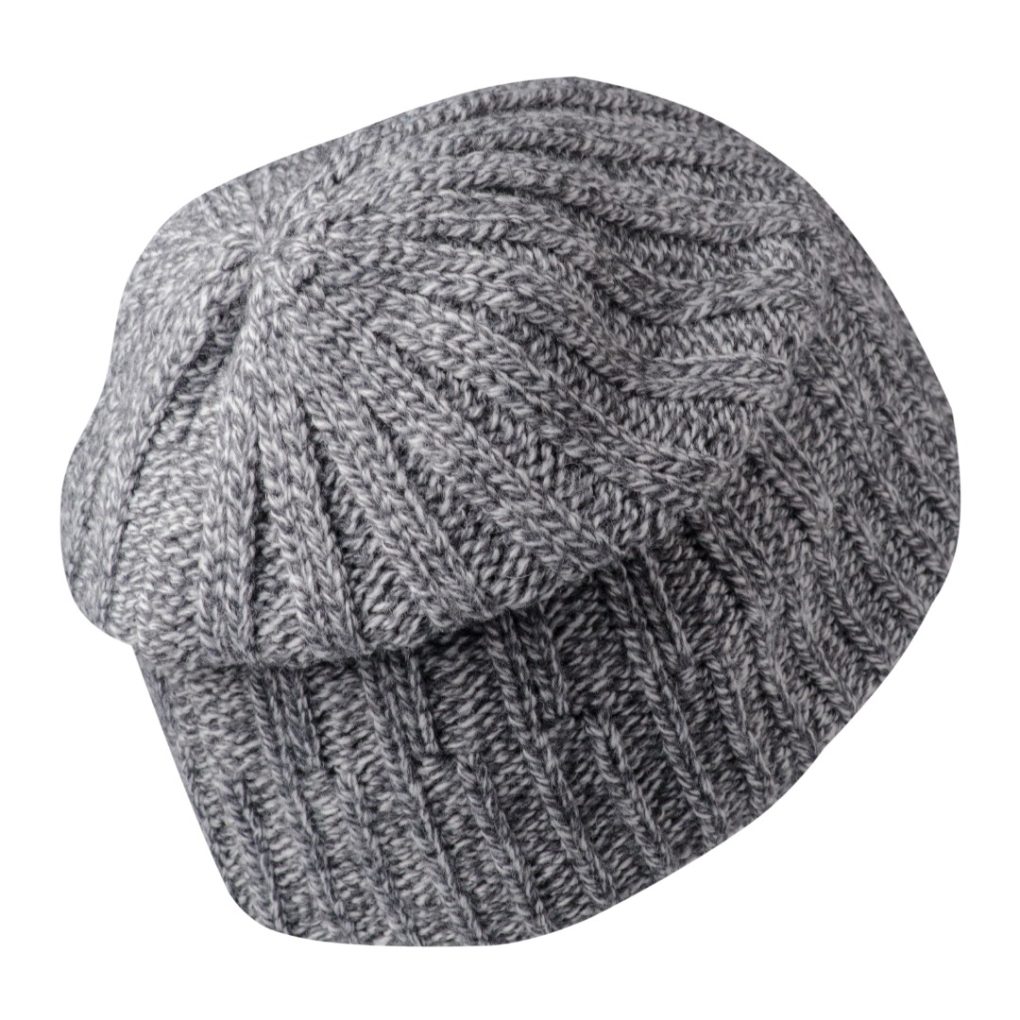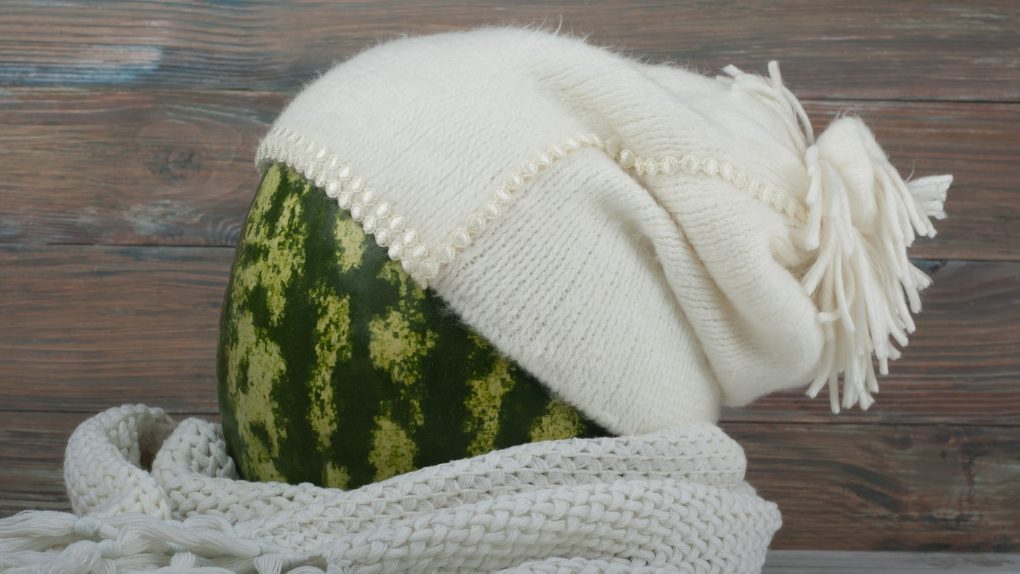Beanie Materials: A Comprehensive Guide to Choosing the Right Fabric and Yarn
As winter approaches, beanies become a staple accessory for keeping warm and fashionable. Beanies come in different styles, colors, and materials, making it challenging to choose the right one. The material used to make a beanie affects its warmth, durability, and comfort. Therefore, it is essential to understand the different materials used in making beanies to make an informed decision when purchasing one.


Common bean-making materials include acrylic, wool, cotton, and fleece. Acrylic is a synthetic material that is lightweight, warm, and affordable. It is a popular beanie choice because it is easy to maintain and comes in various colors. Wool is a natural material that is warm, breathable, and moisture-wicking. It is an excellent choice for beanies because it provides insulation without making the head feel too hot. Cotton is a soft and breathable material that is gentle on the skin. It is a popular beanie choice because it is comfortable and easy to wash. Fleece is a synthetic material that is warm, lightweight, and moisture-wicking, and is a popular choice for beanies because it is soft, comfortable, and dries quickly.
Types of Beanie Materials
When it comes to beanie materials, there are several options to choose from. Each material has unique properties, and selecting the right one will depend on the intended use of the beanie.
Wool


Wool is a popular choice for beanies due to its excellent insulation properties. It is a natural fiber that is soft, warm, and breathable. Wool beanies are ideal for cold weather conditions, as they can keep the head warm even in sub-zero temperatures. Wool is also naturally moisture-wicking, which means it can absorb sweat and keep the head dry, however, wool can be itchy for some people, and it requires special care when washing.
Cotton


Cotton is a breathable and lightweight material commonly used in beanie manufacturing. It is soft and comfortable against the skin, making it an ideal choice for people with sensitive skin. Cotton beanies are also easy to care for, as they can be machine-washed and dried. However, cotton is not as warm as wool and can lose shape over time.
Acrylic


Acrylic is a synthetic fiber often used as a wool substitute in beanie manufacturing. It is lightweight, soft, and warm, making it an excellent choice for cold weather conditions. Acrylic is also easy to care for, as it can be machine-washed and dried without losing shape, however, acrylic is not as breathable as wool or cotton, which means it can trap sweat and cause the head to feel damp.
Cashmere


Cashmere is a luxurious material that is soft, warm, and lightweight. It is a natural fiber derived from the cashmere goats’ undercoat. Cashmere beanies are incredibly soft and comfortable, making them an ideal choice for people with sensitive skin, but cashmere is expensive and requires special care when washing.
Selecting the right material for a beanie will depend on the intended use of the beanie. Wool is excellent for cold weather conditions, while cotton is ideal for sensitive skin. Acrylic is a warm synthetic fiber that is easy to care for, while cashmere is a luxurious option requiring special care.
Factors to Consider When Choosing Beanie Materials
When choosing a beanie, the material is an important factor to consider. There are many materials available, each with their advantages and disadvantages. Here are some factors to consider when choosing beanie materials:
Warmth
One of the most important factors to consider when choosing a beanie material is warmth. The material should keep the head and ears warm in cold weather. Wool is popular for winter beanies because it is warm and insulated. Cashmere and merino wool are also good options but can be more expensive. Acrylic is a cheaper alternative but not as warm as wool.
Durability
Another important factor to consider when choosing a beanie material is durability. The material should be able to withstand wear and tear, especially if it will be used frequently. Wool is a durable material that can last for years with proper care. Acrylic is also durable but may not last as long as wool.
Breathability
Breathability is also an important factor to consider when choosing a beanie material. The material should be able to allow air to circulate, so that the head does not become too hot and sweaty. Wool is a breathable material that can help regulate body temperature. Acrylic is less breathable than wool but is still a good option for mild weather.


When choosing a beanie material, it is important to consider warmth, durability, and breathability. Wool is a popular choice for winter beanies because it is warm and durable, but it can be expensive. Acrylic is a cheaper, durable alternative, but it may not be as warm as wool. Ultimately, the choice of material will depend on personal preference and the weather conditions in which the beanie will be worn.
Care and Maintenance of Beanie Materials
Washing
To keep beanies in good condition, it is important to wash them properly. The care label should be checked before washing to determine the material and the recommended washing method. Hand washing using cold water is the safest option if the material is unknown. Warm water can shrink certain materials like wool and cotton. Synthetic materials such as polyester, acrylic, and nylon can be machine washed gently using cold water.
When washing beanies, it is recommended to use a mild detergent or baby shampoo. Harsh detergents can damage the fibers and cause the beanie to lose shape. It is also important to avoid using bleach or fabric softeners as they can damage the fibers and cause discoloration.
Drying
After washing, beanies should be air-dried. Avoid using a dryer as it can cause shrinkage and damage to the fibers. Do not wring or twist the beanie to remove excess water as it can cause the material to lose shape. Instead, gently squeeze the excess water out and lay the beanie flat on a towel to dry.
Storage
To keep beanies in good condition, they should be stored properly when not in use. It is recommended to store beanies in a cool, dry place away from direct sunlight. Avoid storing beanies in plastic bags as they can trap moisture and cause mold and mildew to grow. Instead, use a breathable fabric bag or hang the beanie on a hook or hanger.
Proper care and maintenance of beanie materials can help prolong their lifespan and keep them looking their best. By following the recommended washing, drying, and storage methods, beanies can be kept in good condition for years.
